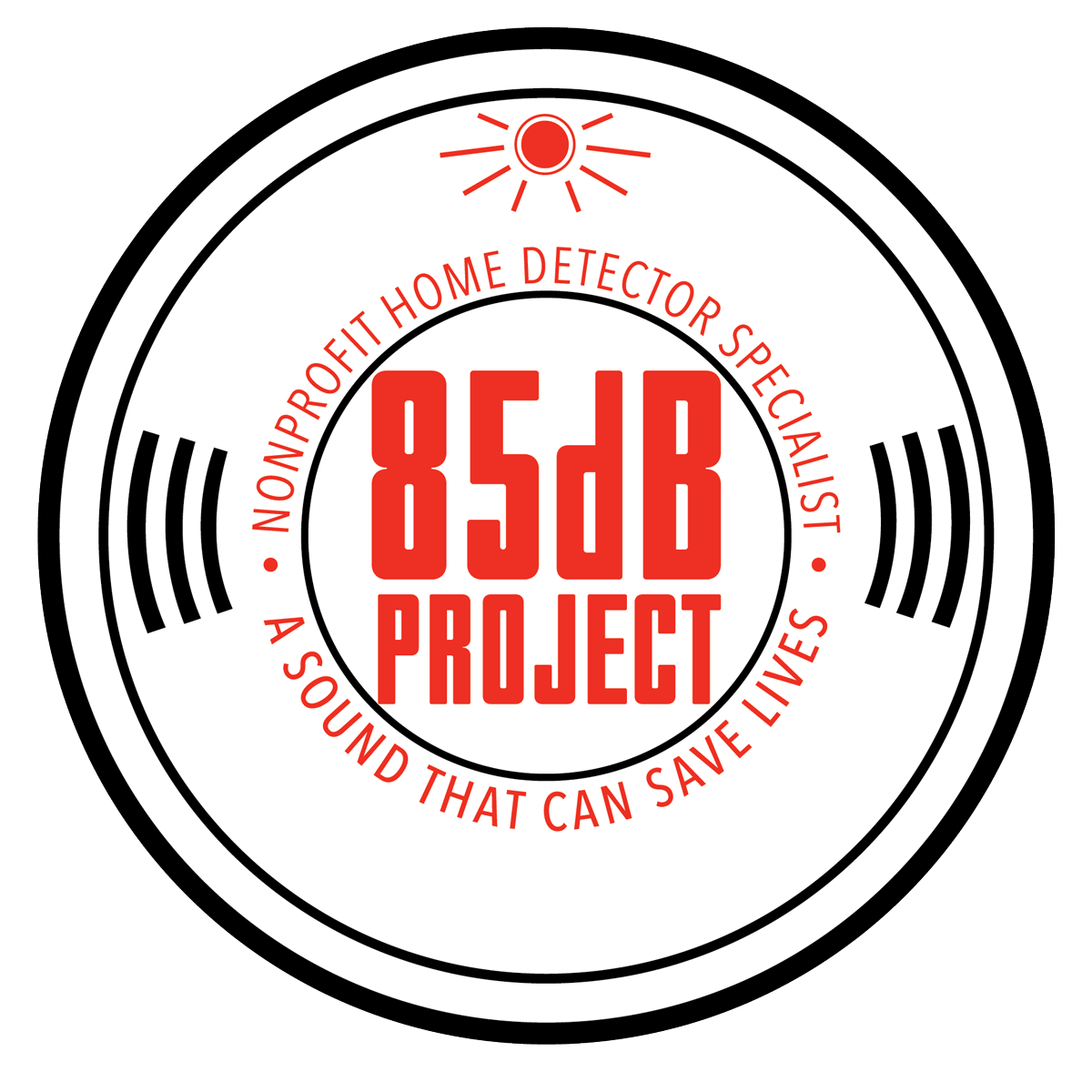GENERAL INFORMATION
Laws, regulations, and requirements concerning smoke detectors.
It’s vital to ensure that your homes comply with legislative requirements and are up to code. The US has a high fire death rate, with approximately 3,000 deaths and 20,000 injuries each year. Most fatalities occur in homes without a working smoke alarm. Install one to reduce the risk of death or injury in case of a fire.
It is vital to comply with the requirements of your state in terms of the type and placement of smoke detectors. Make sure you install at least one on every floor, including the basement and attic, and inside every sleeping area. Ensure that all members of your family can hear the alarm, and if anyone is hearing-impaired, install alarms that have a strobe light in addition to the alarm sound.
Smoke detectors play a crucial role in keeping us safe from fire hazards. To ensure effective protection, it is important to install them in specific locations. You should install smoke alarms outside each sleeping area, in every bedroom, and above stairwells. When mounting the alarms, make sure to place them high on a wall or on top of the ceiling. If you are installing a wall-mounted alarm, position it with the top of the alarm 4-12 inches (10-30 centimeters) from the ceiling. For ceiling-mounted alarms, keep them at least 4 inches (10 centimeters) away from the nearest wall. In stairways without doors at the top or bottom, install alarms anywhere along the path that smoke would take as it traveled up the stairs. It is important not to install a smoke alarm near a window, door, or forced-air register where drafts could interfere with its operation. The moving air can blow smoke away from the alarm sensor, which could lead to false alarms. Finally, keep smoke alarms at least ten feet away from stoves and steamy showers to avoid false alarms.
State laws, legislations, and requirements regarding carbon monoxide detectors.
Carbon monoxide poisoning is a major issue in the U.S. It’s the second most common cause of non-medicinal poisoning deaths. The CDC reports that over 10,000 people need medical attention annually from it and over 438 people die from it each year. Precautionary measures are crucial to avoid the risks associated with it.
State legislatures have started adopting laws that require carbon monoxide (CO) detectors due to the number of illnesses and deaths caused by high levels of CO in homes. The requirements for detectors range from every enclosed room being mandated to have one, to every room with a smoke detector.
Please Note: The information on this page is for educational purposes only. For questions about your area’s smoke alarm or carbon monoxide detector requirements, contact ((85dB)) Project or your local authorities for more information.
Smoke detectors are required in residential settings. Hard-wired smoke alarms are required in all new construction but are preferred in every home.
Recommended Smoke Detectors:
- 10 Year Battery Operated
Universal Security Instruments Sensing Plus Multi-Criteria Smoke & Fire Alarm With 10 Year Tamper-Proof Sealed Battery (Part # AMI3051SB) - Hardwired and 10 Year Battery Back-up
Universal Security Instruments Sensing Plus Multi-Criteria Hardwired Smoke & Fire Alarm With 10 Year Battery Backup (Part # AMI1061SC)
CO alarms are required in all newly constructed one and two-family dwellings and townhomes not more than three stories, and existing multi-dwelling units.
Recommended Carbon Monoxide Detectors:
- 10 Year Battery Operated
Universal Security Instruments Sensing Plus Multi-Criteria Hallway Combo Smoke, Fire & Carbon Monoxide Alarm With 10 Year Battery (Part # AMICH3511SC) - Hardwired and 10 Year Battery Back-up
Universal Security Instruments Sensing Plus Multi-Criteria Hardwired Combo Smoke, Fire & Carbon Monoxide Alarm With 10-Year Battery Backup (Part # AMIC1510SC) - Plug-In with Battery Back-up
Universal Security Instruments Plug-In 2-in-1 Carbon Monoxide and Natural Gas Smart Alarm with Battery Backup (Part # MCND401


